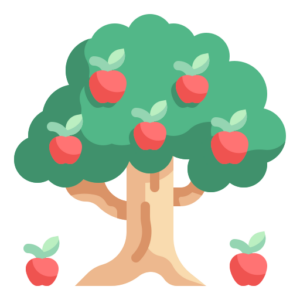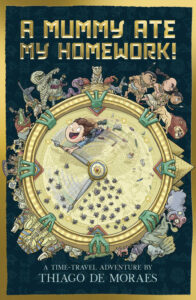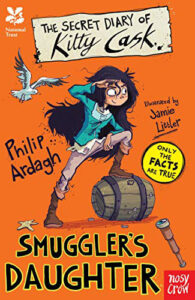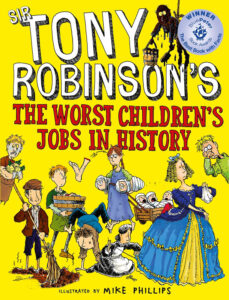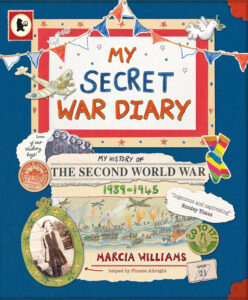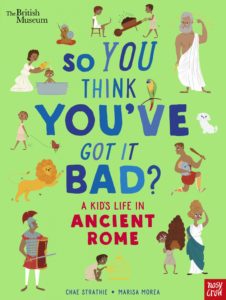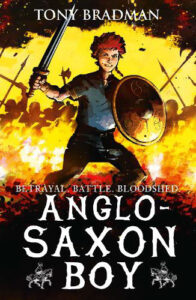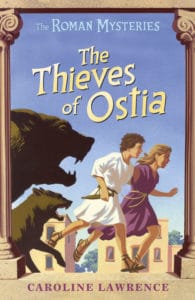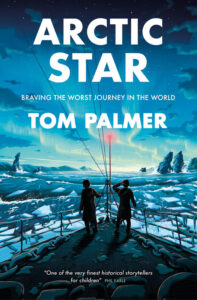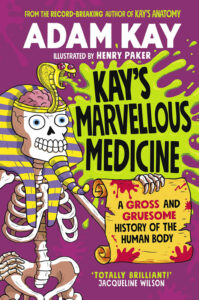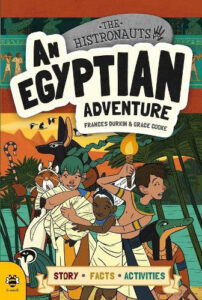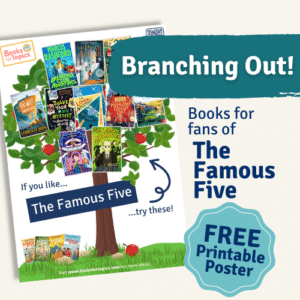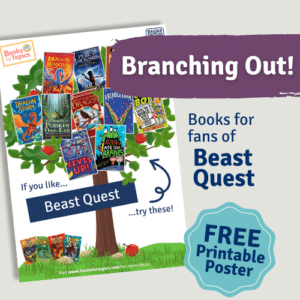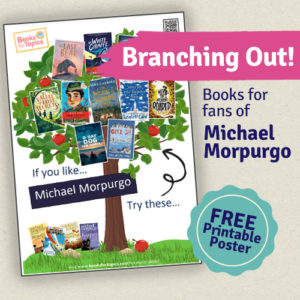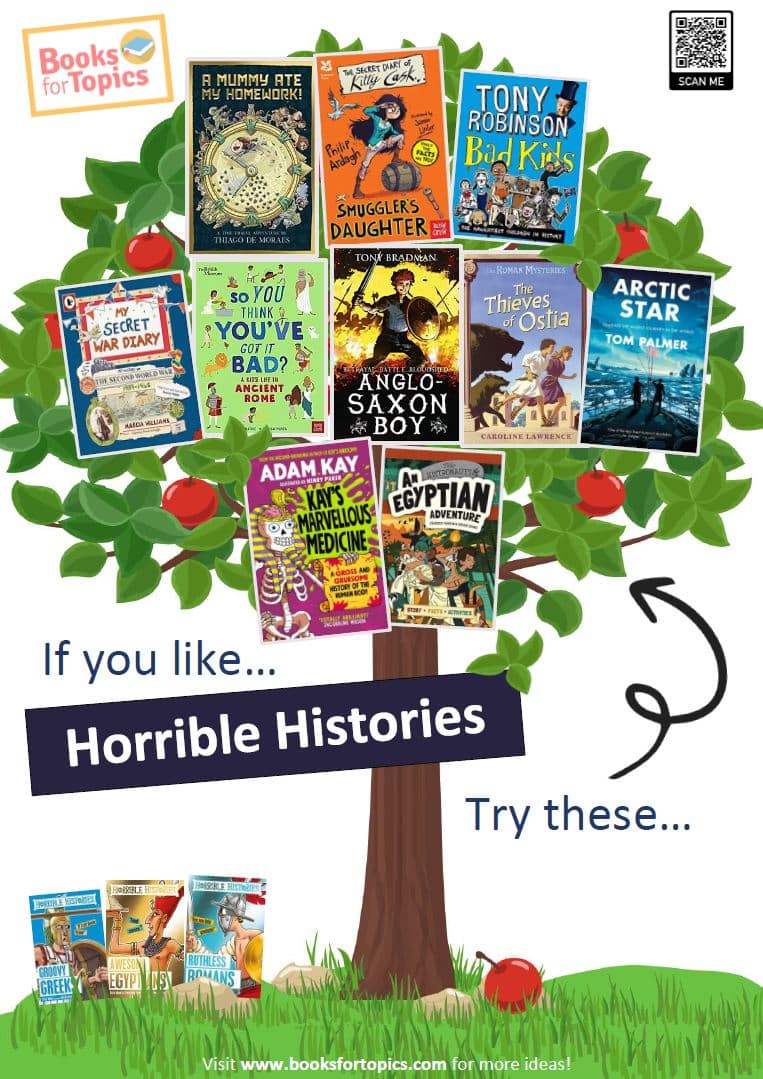 If you like Horrible Histories, try these…
If you like Horrible Histories, try these…
The Horrible Histories books have seen epic success – with over 60 books, a BAFTA award-winning TV series and several spin-off series to date. The books are well known for highlighting the gruesome side of history and are packed with jokes, comics and gruesome facts.
We’ve put together a list of ten similar books for fans of Horrible Histories. Readers who enjoy all the gory details of life in the past might like to try Anglo-Saxon Boy or Tony Robinson’s The Worst Children’s Jobs in History. If you want to get stuck into some gripping historical fiction, try Arctic Star or Caroline Lawrence’s timelessly popular Roman Mysteries series. For something a bit more lighthearted but still laced with historical detail, we recommend Smuggler’s Daughter or A Mummy Ate my Homework. Children looking for a fun spin to take the edge off cold hard facts should try So You Think You’ve Got it Bad: Life as a Kid in Ancient Rome or Adam Kay’s joke-packed history of medicine in Kay’s Marvellous Medicine.
Browse the full list below of books for children looking for what to read next after Horrible Histories…







